Reykjavik might be small by world standards, yet Iceland’s capital packs more personality per square mile than cities ten times its size. Most visitors get shuffled onto tour buses heading to the Golden Circle or Blue Lagoon — though the real magic happens when you ditch the scheduled itineraries and explore like a local. The city’s colorful rooftops hide cozy cafés, quirky museums, and vibrant street art that tour groups never see.
Ready to discover what makes Reykjavik tick beyond the typical tourist trail? Here’s a list of 18 authentic experiences that’ll show you the city’s true character.
Perlan Observatory
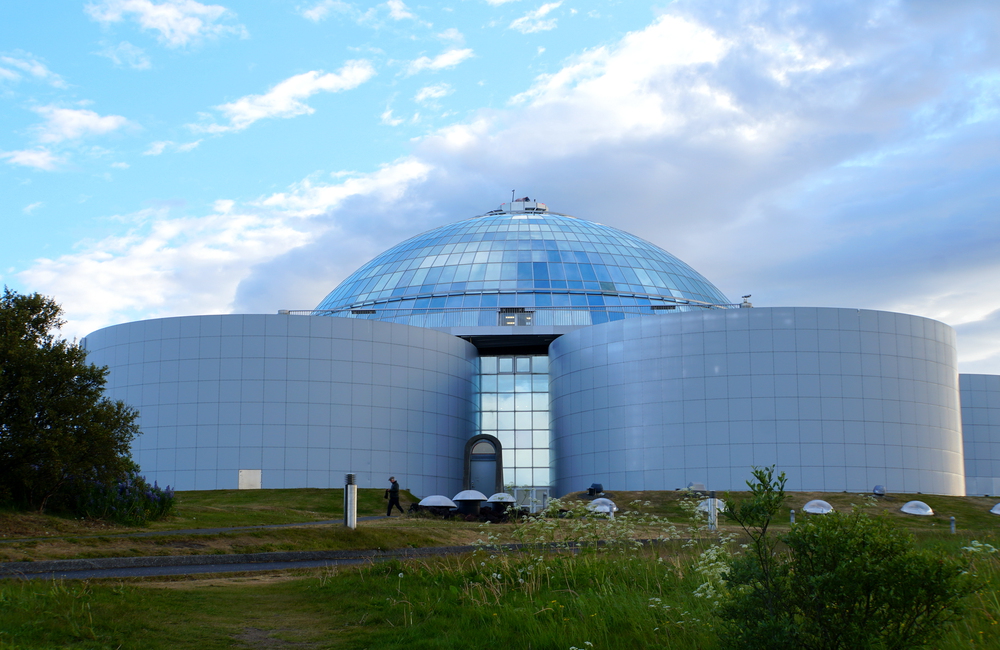
Perlan sits on top of Reykjavik like a giant glass dome — offering 360-degree views that will make your Instagram followers seriously jealous. The building itself used to store the city’s hot water supply, though now it houses interactive exhibits about Iceland’s natural wonders. You can walk through an actual ice cave replica or learn about the Northern Lights without freezing your toes off. The observation deck gives you the best bird’s-eye view of the city, and on clear days, you can spot glaciers in the distance.
Hallgrimskirkja Church
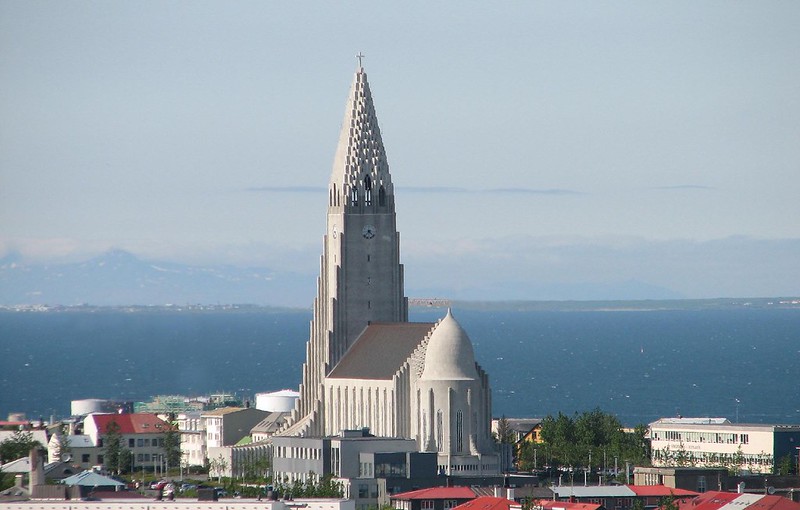
This towering concrete church looks like it landed from another planet, with its rocket-ship design inspired by Iceland’s basalt rock formations. The 244-foot spire dominates Reykjavik’s skyline — and you can take an elevator to the top for panoramic views that rival Perlan’s. Inside, its minimalist Nordic design creates an unexpectedly peaceful atmosphere. The massive pipe organ gets put to good use during regular concerts, turning the space into an acoustic wonderland.
Harpa Concert Hall
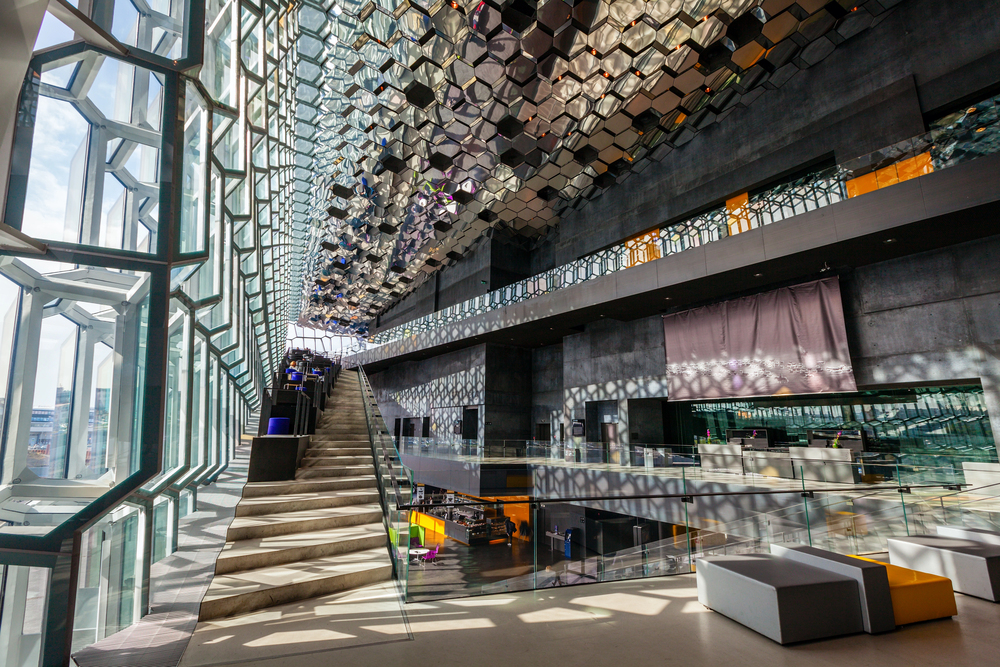
— Photo by alexeys
Harpa’s honeycomb glass facade changes colors throughout the day, creating a kaleidoscope effect that’s mesmerizing to watch. The building houses Iceland’s opera and symphony — yet you don’t need a ticket to appreciate the architecture. The geometric glass panels were designed to mimic the Northern Lights and Iceland’s crystalline landscapes. During the day, natural light floods the interior spaces, while evening brings dramatic LED light shows that dance across the exterior.
Reykjavik Art Museum
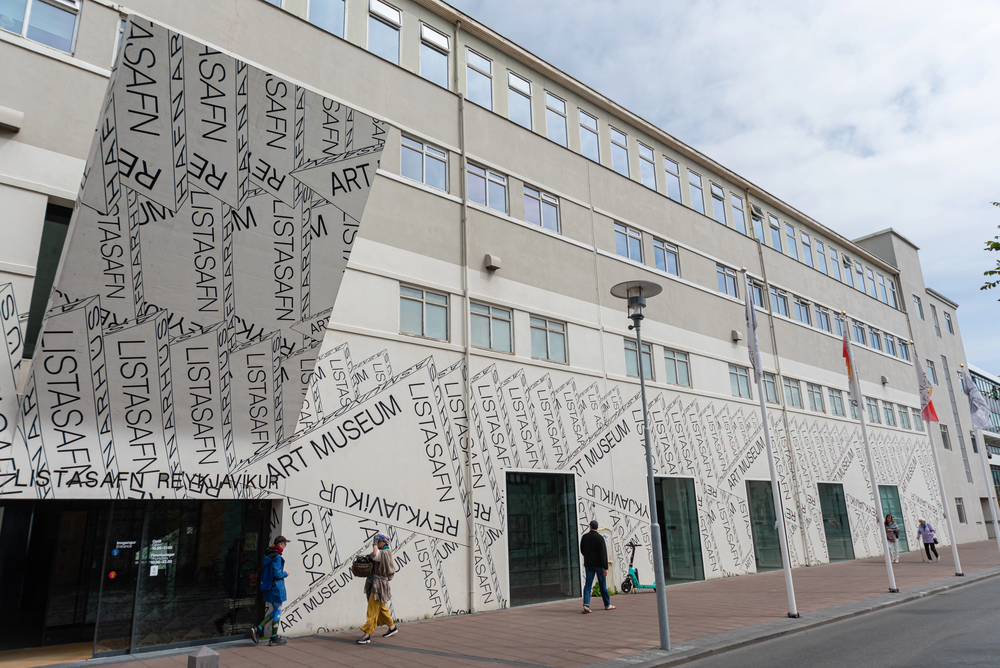
— Photo by mateusdre
Spread across three locations, this museum showcases Iceland’s contemporary art scene without the stuffiness of traditional galleries. The Hafnarhus location focuses on experimental and avant-garde works, while Kjarvalsstadir displays pieces by Iceland’s most beloved painter, Johannes Kjarval. The Asmundarsafn Sculpture Museum sits in a garden setting where art meets nature. Each building offers a different perspective on how Icelandic artists interpret their dramatic landscape and cultural heritage.
Reykjavik Maritime Museum
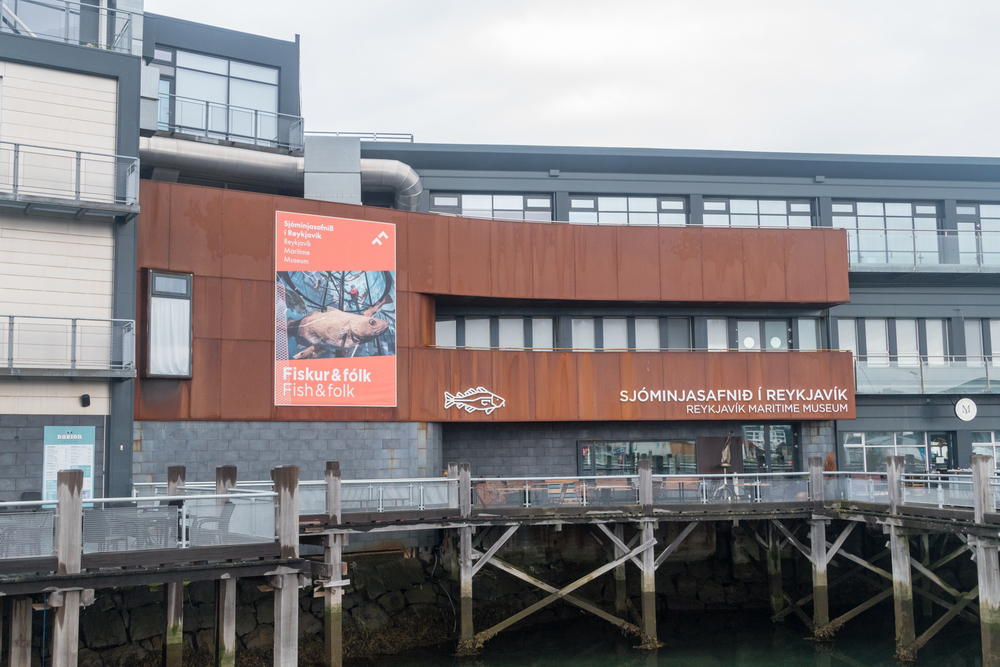
This harbor-side museum tells the story of Iceland’s relationship with the sea — which is basically the story of Iceland itself. The exhibits cover everything from traditional fishing boats to the famous Cod Wars with Britain. You can explore a restored Coast Guard vessel and learn how fishing transformed Iceland from one of Europe’s poorest countries to one of its most prosperous. Its location in the old harbor gives you a front-row seat to Reykjavik’s working waterfront.
Laugavegur Shopping Street
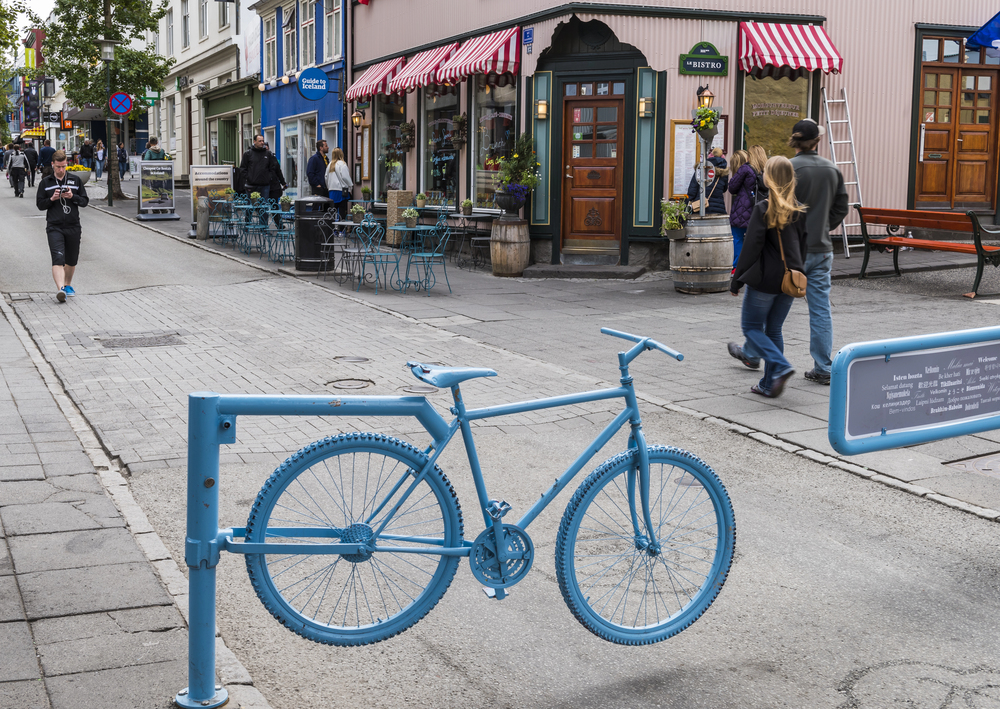
— Photo by Kloeg008
Laugavegur stretches through downtown Reykjavik like a colorful ribbon, lined with shops selling everything from handmade woolens to Viking-themed souvenirs. The street’s name translates to ‘hot spring road’ — a nod to the days when people walked this route to reach natural hot springs. Today, it’s where locals and visitors mix freely, browsing boutiques, record stores, and bookshops. The architecture tells Reykjavik’s story through buildings that range from traditional corrugated iron houses to modern glass storefronts.
Tjornin Pond
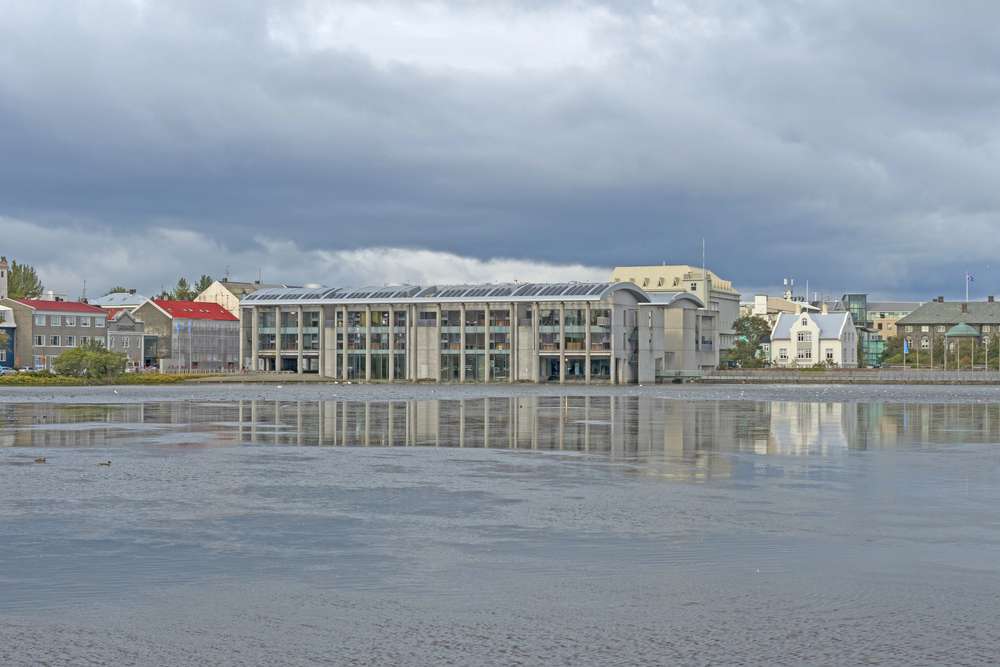
This small lake sits right in the city center, surrounded by government buildings and colorful houses that reflect perfectly in the calm water. Dozens of bird species call Tjornin home, including swans, ducks, and Arctic terns that aren’t shy about demanding breadcrumbs from visitors. The pond freezes solid in winter — creating a natural ice rink that locals use for skating and hockey. A walking path circles the entire pond, making it a perfect spot for a peaceful stroll away from the city’s bustle.
Reykjavik Flea Market
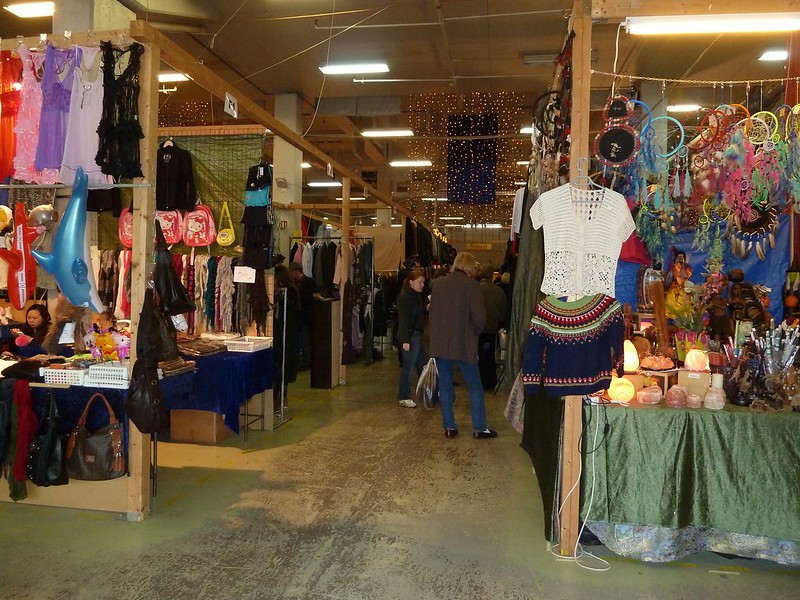
The Kolaportid flea market happens every weekend in an old warehouse near the harbor, where vendors sell everything from vintage Icelandic sweaters to pickled shark. This is where Reykjavik’s locals come to hunt for treasures — not tourists looking for postcards. You’ll find handmade crafts, old books in Icelandic, and traditional foods that give you a taste of authentic Iceland. The atmosphere is pure chaos in the best way possible, with vendors chatting in rapid Icelandic while visitors navigate narrow aisles packed with curiosities.
Reykjavik Botanical Garden
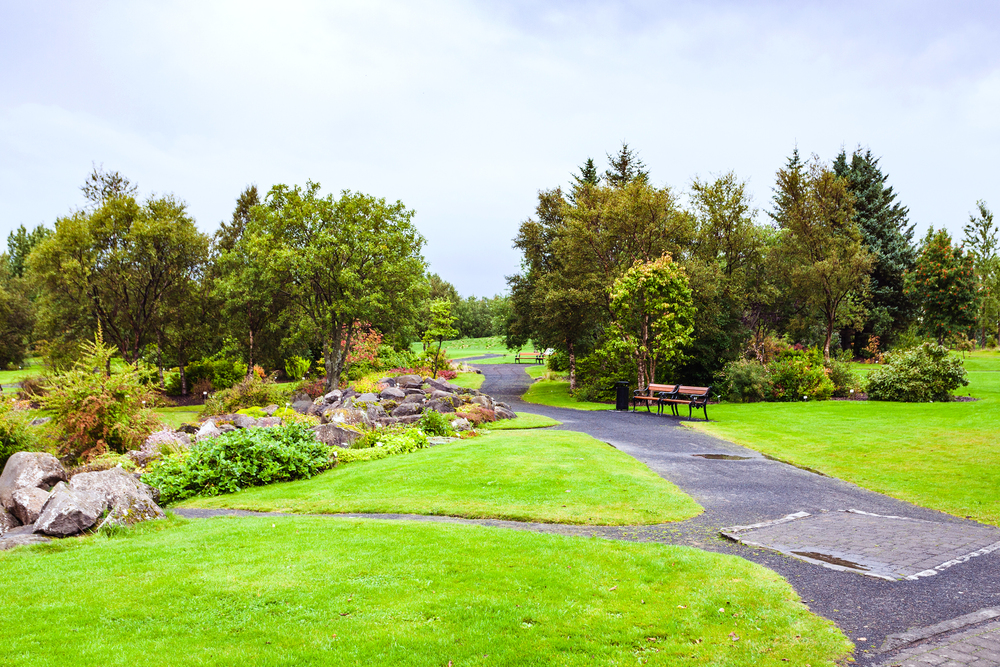
Most people don’t expect to find a botanical garden this far north, though Reykjavik’s version thrives despite the challenging climate. The garden showcases plants from around the world that can survive Iceland’s harsh conditions — plus native Icelandic flora that’s surprisingly diverse. Tree species from different continents grow side by side, creating an unexpected green oasis in the city. The garden serves as both a research facility and a peaceful retreat where families picnic and couples take romantic walks.
Grandi District
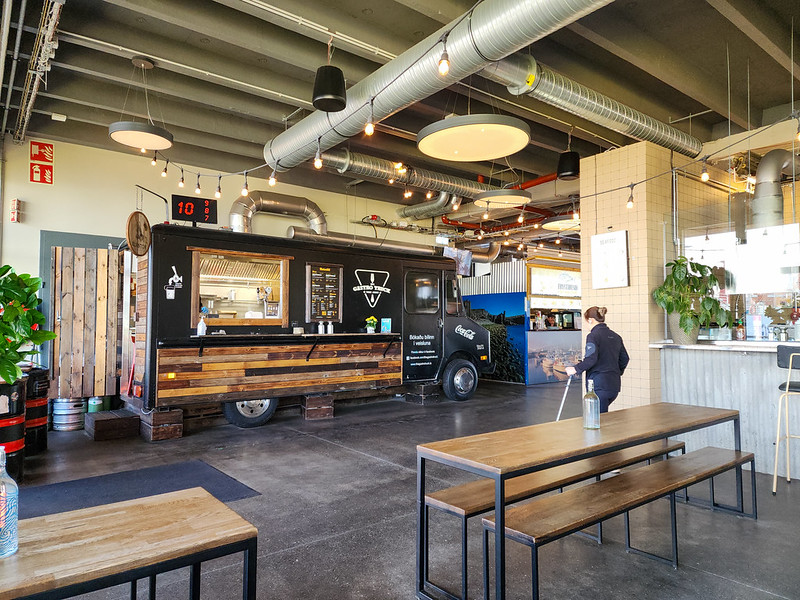
This former industrial area has transformed into Reykjavik’s hippest neighborhood — where old fish factories now house trendy restaurants and art galleries. The district sits on a small peninsula that juts into the harbor, giving it a distinct maritime character. You’ll find the Marshall House, a cultural center that hosts exhibitions and events in a converted fish factory. The area perfectly captures Reykjavik’s ability to reinvent itself while honoring its industrial past.
Reykjavik City Hall
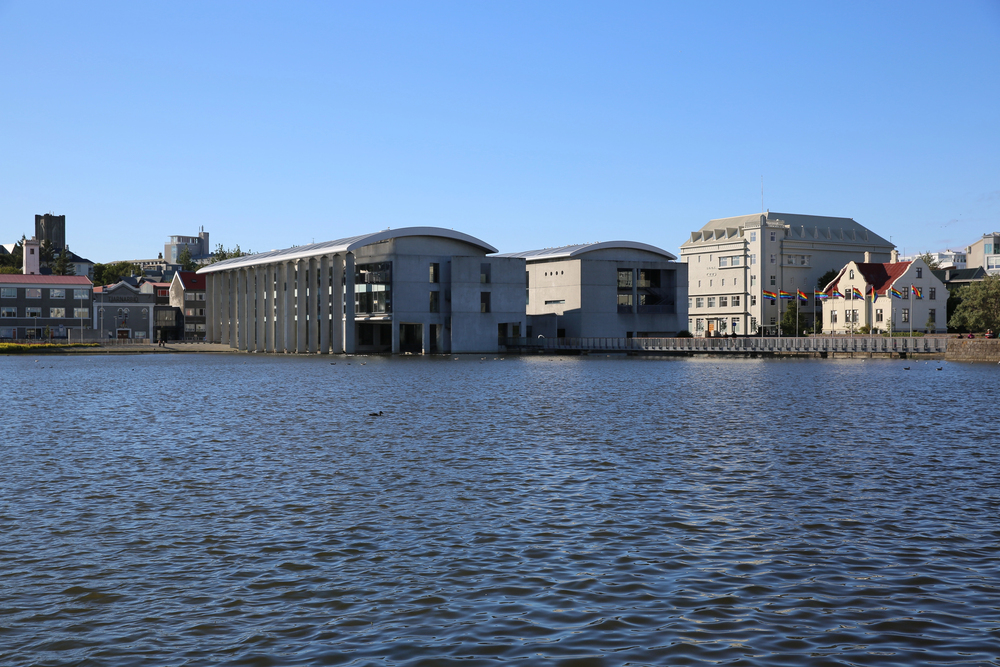
— Photo by Benri185
The modern City Hall sits right on the edge of Tjornin Pond, its glass walls creating a seamless connection between inside and outside. The building houses a massive 3D map of Iceland that lets you visualize the country’s dramatic topography up close. Architecture enthusiasts appreciate how its design mirrors the surrounding landscape, with clean lines and natural materials. The public spaces inside often host art exhibitions and cultural events that locals attend regularly.
Asgrimur Jonsson Museum
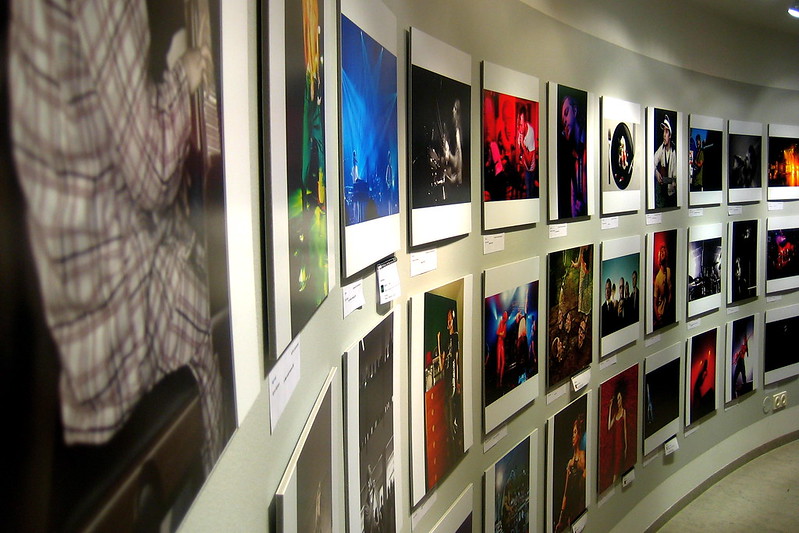
This intimate museum occupies the former home and studio of one of Iceland’s pioneering artists, Asgrimur Jonsson. The house itself is a work of art, with rooms that recreate how the artist lived and worked in the early 20th century. Jonsson’s paintings capture Iceland’s landscapes during a time when the country was transforming from a Danish colony to an independent nation. The personal scale of the museum makes you feel like you’re visiting a friend’s home rather than a formal institution.
Reykjavik Rooftop Bars
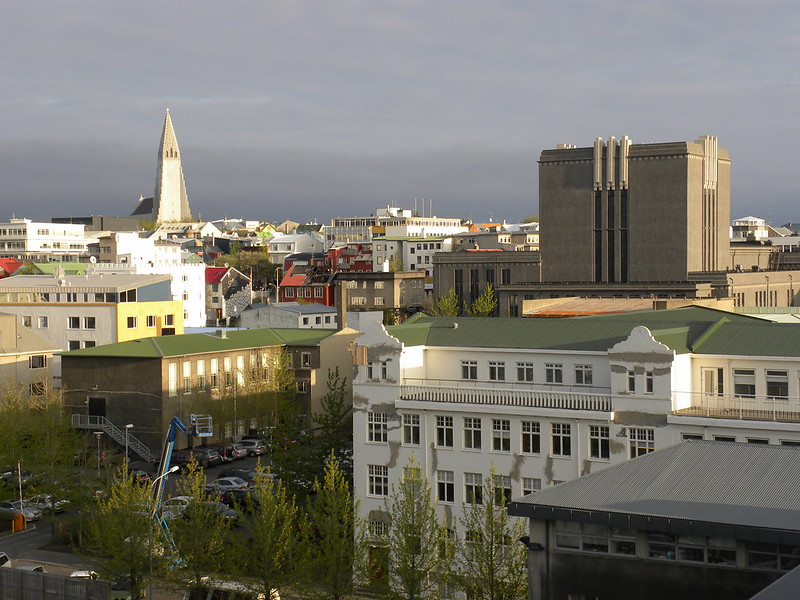
Several buildings in downtown Reykjavik have discovered that their rooftops offer million-dollar views, leading to a mini-boom in elevated drinking spots. These bars give you a completely different perspective on the city, with views that stretch from the harbor to the mountains. The contrast between sipping cocktails and seeing the dramatic Icelandic landscape creates an almost surreal experience. Many of these spots are hidden gems that locals frequent, making them perfect for authentic nightlife experiences.
Reykjavik Food Scene
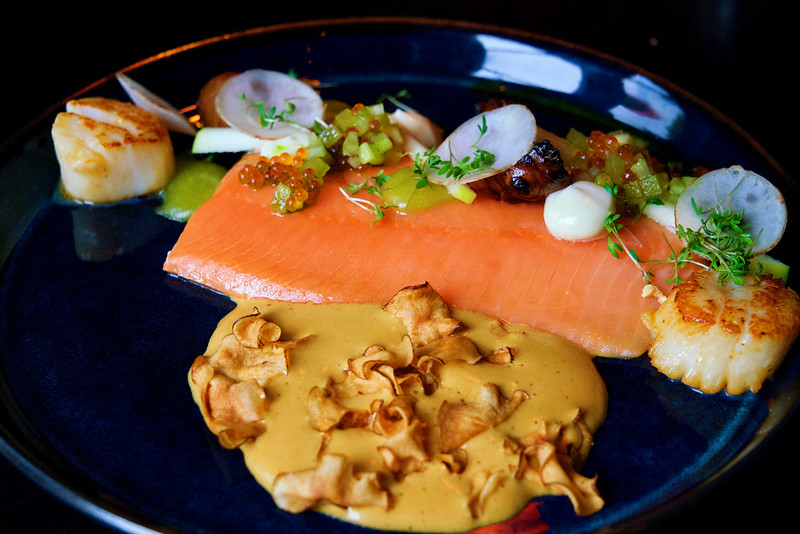
The city’s restaurant scene has exploded in recent years, with chefs creating innovative dishes that showcase Iceland’s unique ingredients. You’ll find everything from traditional lamb and seafood to modern Nordic cuisine that experiments with local herbs and vegetables. Food trucks alongside casual spots offer affordable ways to taste authentic Icelandic flavors without breaking the bank. The emphasis on fresh, local ingredients means even simple dishes often taste extraordinary.
Reykjavik Music Venues
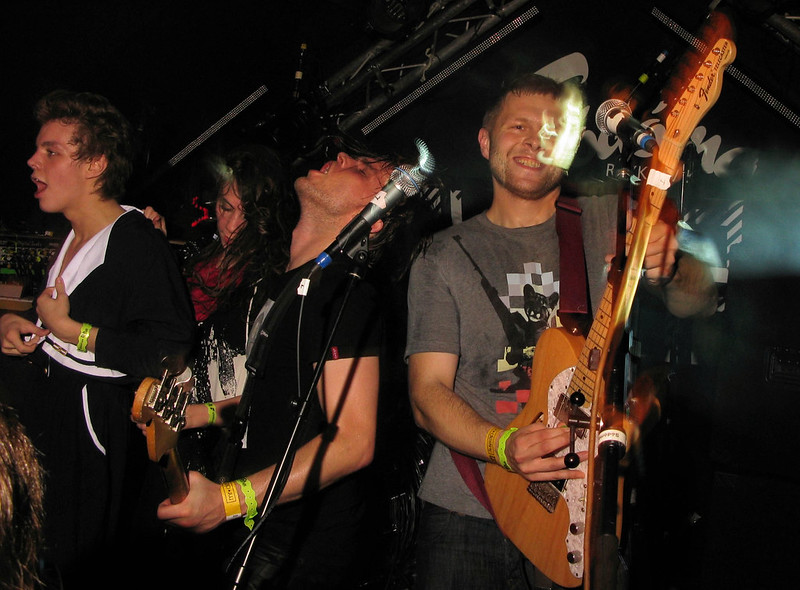
For a city of just 130,000 people, Reykjavik has produced an impressive number of internationally known musicians — from Björk to Sigur Rós. Small venues throughout the city host live music almost every night, featuring both local bands and international acts. The music scene reflects Iceland’s creative spirit, with genres ranging from indie rock to electronic music. These intimate venues let you experience the same energy that launched Iceland’s biggest musical exports.
Reykjavik Public Pools
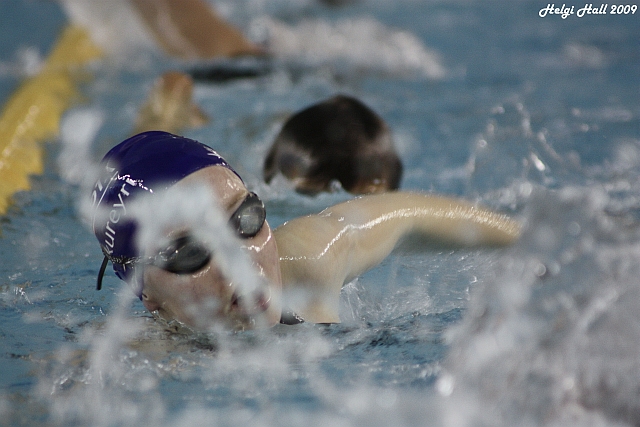
Reykjavik operates several geothermal pools that function as community centers where locals gather to socialize and relax. These aren’t tourist attractions but genuine neighborhood hubs where people of all ages come to swim, chat, and unwind. The pools are heated naturally by geothermal energy, making them comfortable even when snow is falling. Each pool has its own character along with regular clientele, giving you insight into how Reykjavik residents spend their leisure time.
Reykjavik Street Art
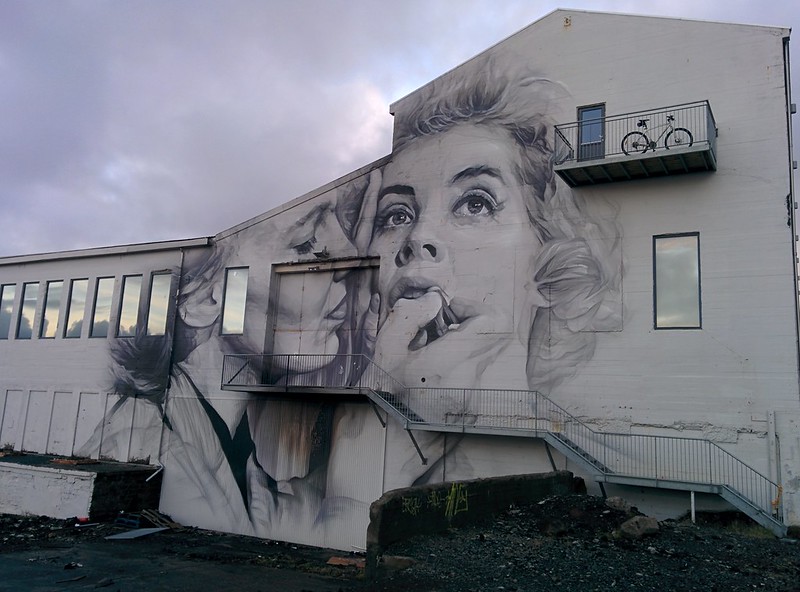
The city’s buildings serve as canvases for local and international street artists who’ve created an outdoor gallery that’s constantly evolving. The street art ranges from large murals that cover entire building sides to small stencils hidden in unexpected corners. This art form thrives in Reykjavik because the city embraces creative expression, and many property owners welcome artists to beautify their buildings. Walking the streets becomes a treasure hunt as you discover new pieces while watching the city’s artistic landscape change.
Reykjavik Coffee Culture
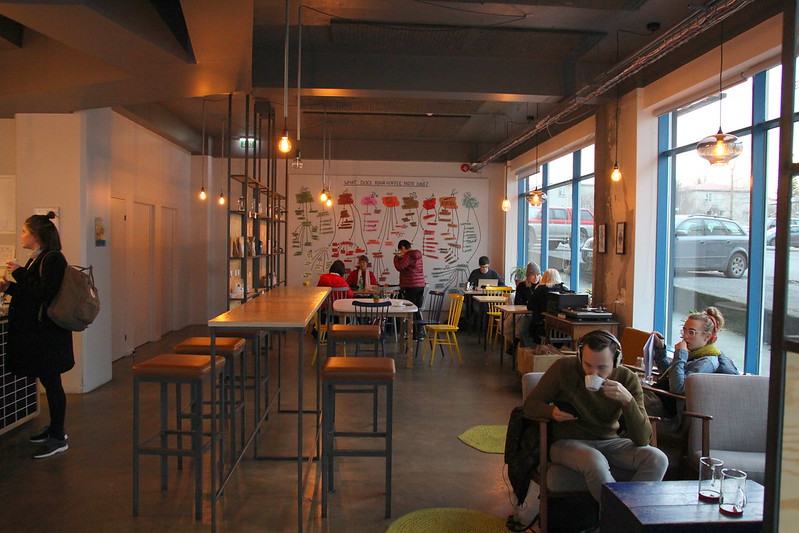
Reykjavik takes its coffee seriously, with dozens of independent cafés serving drinks that rival those in any major European city. The long, dark winters have created a culture where cafés function as extended living rooms where people work, socialize, and escape the elements. Each café has its own personality — from cozy spots with vintage furniture to minimalist spaces with concrete floors plus industrial lighting. The quality of coffee and pastries often surprises visitors who don’t expect such sophistication in a remote Nordic capital.
Where Past Meets Present
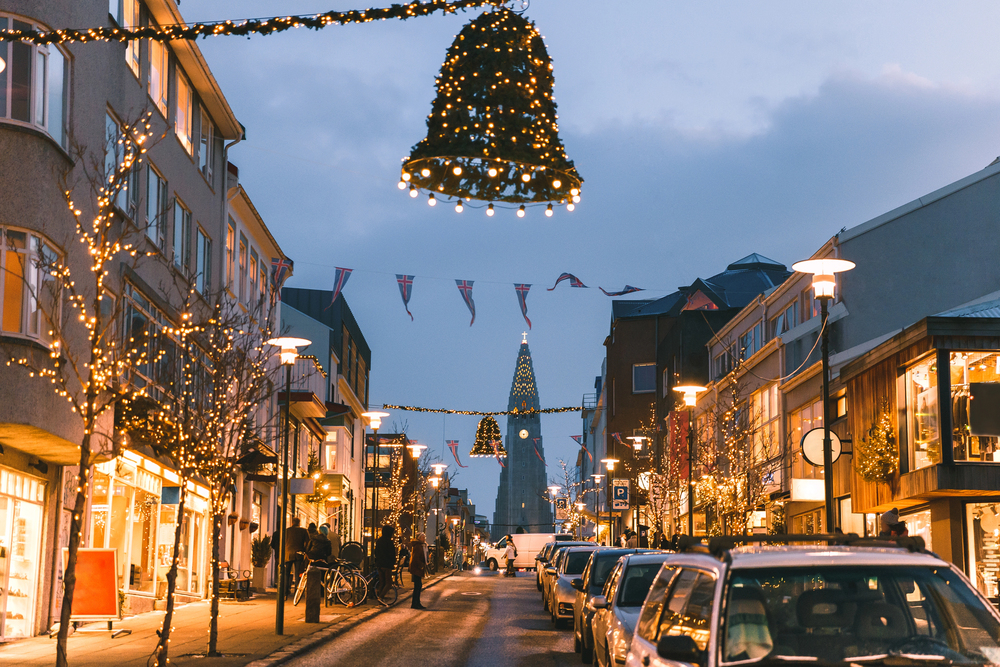
— Photo by AlexGukBO
Reykjavik’s greatest strength lies in how it balances honoring its fishing village roots with embracing modern creativity and innovation. The city has managed to grow and change without losing the intimate, community-focused character that makes it special. Today’s Reykjavik offers experiences that range from ancient traditions to cutting-edge art, all within walking distance of each other. This blend of old and new creates a city that feels both authentically Icelandic and refreshingly international — making every visit a discovery of something unexpected.
More from Travel Pug

- 20 Best Beach Towns in the Carolinas
- 13 Destinations Where Tourists Regularly Regret Their Trip
- 20 Things You Actually Get in First Class
- 20 Small Airports With Aviation Museums
- 20 Places in the U.S. That Are Perfect for a Reset Trip
Like Travel Pug’s content? Follow us on MSN.
